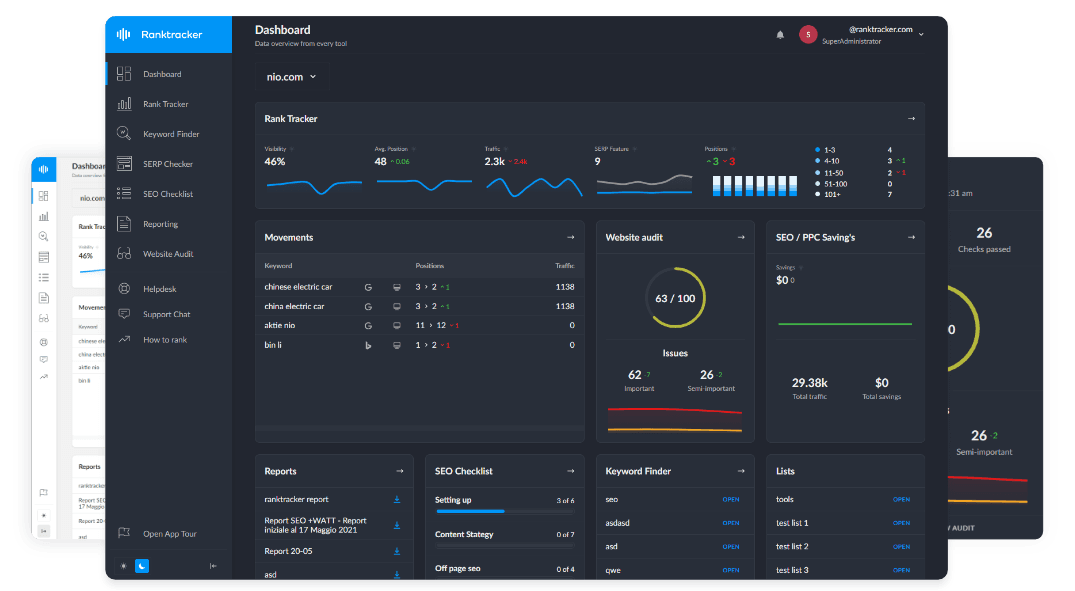Intro
Vague descriptions can confuse readers and reduce content effectiveness. Using specific, detailed descriptions improves clarity, search rankings, and user engagement by delivering precise, meaningful information.
Benefits of Specific Descriptions
- Improves Content Clarity: Helps readers understand key concepts quickly.
- Boosts SEO Rankings: Google prefers well-defined, structured content.
- Enhances User Engagement: Readers stay longer when descriptions are clear.
- Increases Search Relevance: Specificity aligns better with search queries.
How to Write Specific Descriptions for SEO & Readability
✅ 1. Use Detailed and Precise Language
- Replace generic terms with clear, specific descriptions.
- Example:
- ❌ Vague: "This tool helps with SEO."
- ✅ Specific: "Ranktracker’s SEO tool tracks keyword rankings, audits websites, and analyzes backlinks to improve search performance."
✅ 2. Include Relevant Data & Statistics
- Support claims with numbers or specific facts.
- Example:
- ❌ Generic: "Optimized content ranks higher."
- ✅ Data-Driven: "Optimized content is 72% more likely to rank in the top 3 results (Backlinko, 2024)."
✅ 3. Avoid Ambiguous Words & Fillers
- Remove unnecessary words that reduce clarity.
- Example:
- ❌ Unclear: "This guide will tell you everything you need to know about link building."
- ✅ Clear: "This guide explains link-building strategies, backlink quality, and outreach techniques."
✅ 4. Use Concrete Examples to Explain Concepts
- Providing real-world examples makes descriptions more actionable.
- Example:
- ❌ Weak: "Meta descriptions impact SEO."
- ✅ Strong: "A well-written meta description includes primary keywords, stays under 160 characters, and encourages clicks to improve SEO."
✅ 5. Use Structured Formatting for Better Readability
- Break down information into lists, bullet points, or subheadings.
- Example:
- Instead of: "Optimizing images helps SEO."
- Use:
- Compress images to reduce load time.
- Use descriptive alt text for accessibility.
- Select appropriate file formats (JPEG, PNG, WebP).
Common Mistakes to Avoid
❌ Using Overly Broad Statements
- Be as precise as possible.
❌ Ignoring Keyword Optimization
- Ensure descriptions align with search intent.
❌ Overloading with Unnecessary Details
- Keep information relevant to the topic.
Best Tools for Writing Specific Descriptions
- Grammarly Clarity Checker – Ensures concise and precise writing.
- Hemingway Editor – Highlights overly complex sentences.
- Ranktracker Content Analyzer – Optimizes content for SEO clarity.
Conclusion: Strengthening SEO with Specific Descriptions
By writing clear, precise, and detailed descriptions, content becomes more engaging, search-friendly, and informative. Specificity enhances user experience, search rankings, and content effectiveness.
Start refining content descriptions with Ranktracker today!

